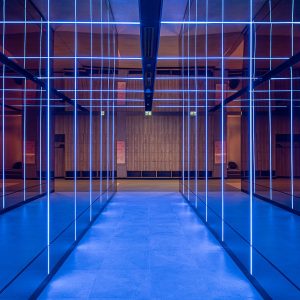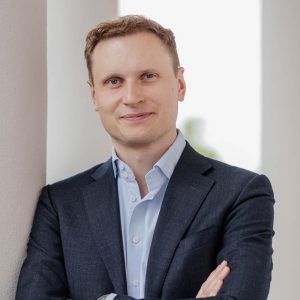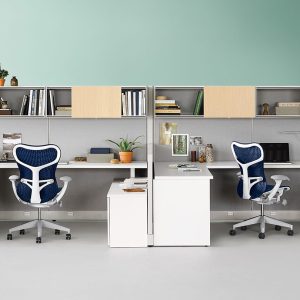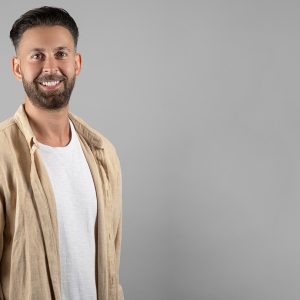At Arup’s London office, a team of 14 experts are dedicated to researching the performance and aesthetic properties of all manner of materials for both colleagues elsewhere in the Arup group and clients.
These metallurgists, geologists and specialists in concrete, glass, brick, timber and composites are the ones to turn to if you want to know what material can achieve the result you’re after – whether it’s a robust building skin capable of achieving the dynamic, fluid contours of a Zaha Hadid design, or a material with the gravitas needed for a memorial to the victims of the 7 July London bombings.
It’s a hugely varied job, according to Arup director of materials Graham Dodd, whose particular interest is glass design. Often, the team works with an architect or engineer to work out what class of material (for example metal, polymer, glass) is most suitable and set out a good choice of appropriate materials, considering the manufacturing processes involved, and how the choice of material might inform the design. ‘Often we’re looking at creating larger pieces with fewer joins and more consistency. Bigger and better is a common theme, says Dodd.
On other occasions they may be brought in when something is broken, such as glass, and will work to understand why it broke and how it can be prevented from doing so again.
Sometimes, the task is more aesthetically led. ‘A lot of our work is about getting the right combination of material and process to achieve the look and feel a designer wants for a particular project,’ says Dodd. ‘For example, stainless-steel cladding can have a raw, industrial appearance if used with its mill finish, but can be polished or blasted with glass beads or electro-finished.’
About a quarter of their work is for external designers. For Zaha Hadid’s Chanel Pavilion the challenge was how to achieve the free-flowing shape in a very precise way that didn’t betray any sign of handcrafting. The answer was Fibre Reinforced Polymer (FRP), a material more often used for boats and racing cars. Arup worked with three manufacturers to create prototypes to enable the production of a sufficiently sleek building skin.
A collaboration with California-based artist Nikolas Weinstein led to the development of a glass fabric created from thousands of glass tubes laced together to form a material that is stiff in one direction and very flexible in another (pictured above). Installations include a 40m-long piece in the Shanghai InterContinental Hotel.
For the Carmody Groarke-designed 7 July Memorial in Hyde Park, initially Arup evaluated the suitability of stone, timber and metal. ‘We talked about what the material might look like and what that would mean – not only the practicalities but what sort of message it would convey,’ says Dodd. Eventually, stainless steel was chosen for its durability, robustness and tactile properties, and Arup’s metallurgists worked on finding a facility that could cast the forms the architects needed.
There’s no standing still in the material world, especially with the increasing emphasis on sustainability and developments in nanomaterials. There’s still some way to go before achieving Dodd’s dream material: ‘Something with the strength and toughness of steel that could be transparent if you wanted it to be and also insulating, cheap, economical and sustainable.’
It may not be here yet, but with materials specialists like the Arup team around, you wouldn’t bet against it in the future.





